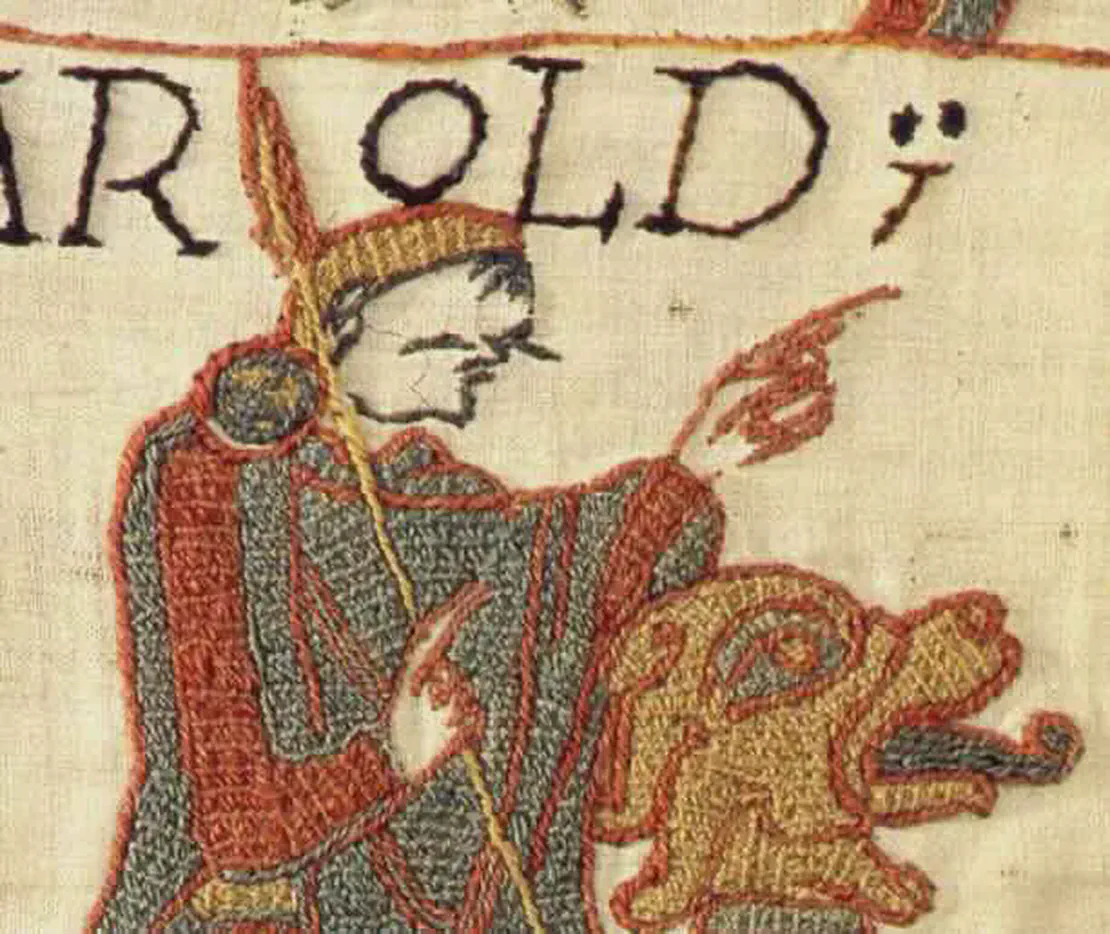- /
- Celtic calendar /
- 1st /
- January 06 /
- January 06, 1066

King Harold II, commonly known as Harold Godwinson, was crowned as the King of England in 1066. He ascended to the English throne after the death of King Edward the Confessor. Harold’s reign was relatively short and tumultuous, as it was marked by the events leading up to the Norman Conquest of England.
Key points about King Harold II and his coronation:
Ascension: Harold was crowned as King of England on January 06, 1066, following the death of King Edward the Confessor. His coronation took place at Westminster Abbey.
Challenges: Harold’s reign faced significant challenges, particularly from external threats. One of the most notable events during his reign was the invasion of England by William the Conqueror (William I of England) of Normandy.
Battle of Hastings: The most famous and pivotal event of Harold’s reign was the Battle of Hastings, which took place on October 14, 1066. It was a decisive battle between Harold’s English forces and William the Conqueror’s Norman forces. Harold was killed in the battle, and this event marked the end of Anglo-Saxon rule in England.
Norman Conquest: After the Battle of Hastings, William the Conqueror became the new King of England, and the Norman Conquest was established. This event had far-reaching consequences for English history and the English monarchy.
Harold II’s reign was marked by the turbulence and conflicts that ultimately led to the Norman Conquest and the beginning of the Norman dynasty in England. The Battle of Hastings, where Harold lost his life, remains one of the most famous and significant battles in English history.